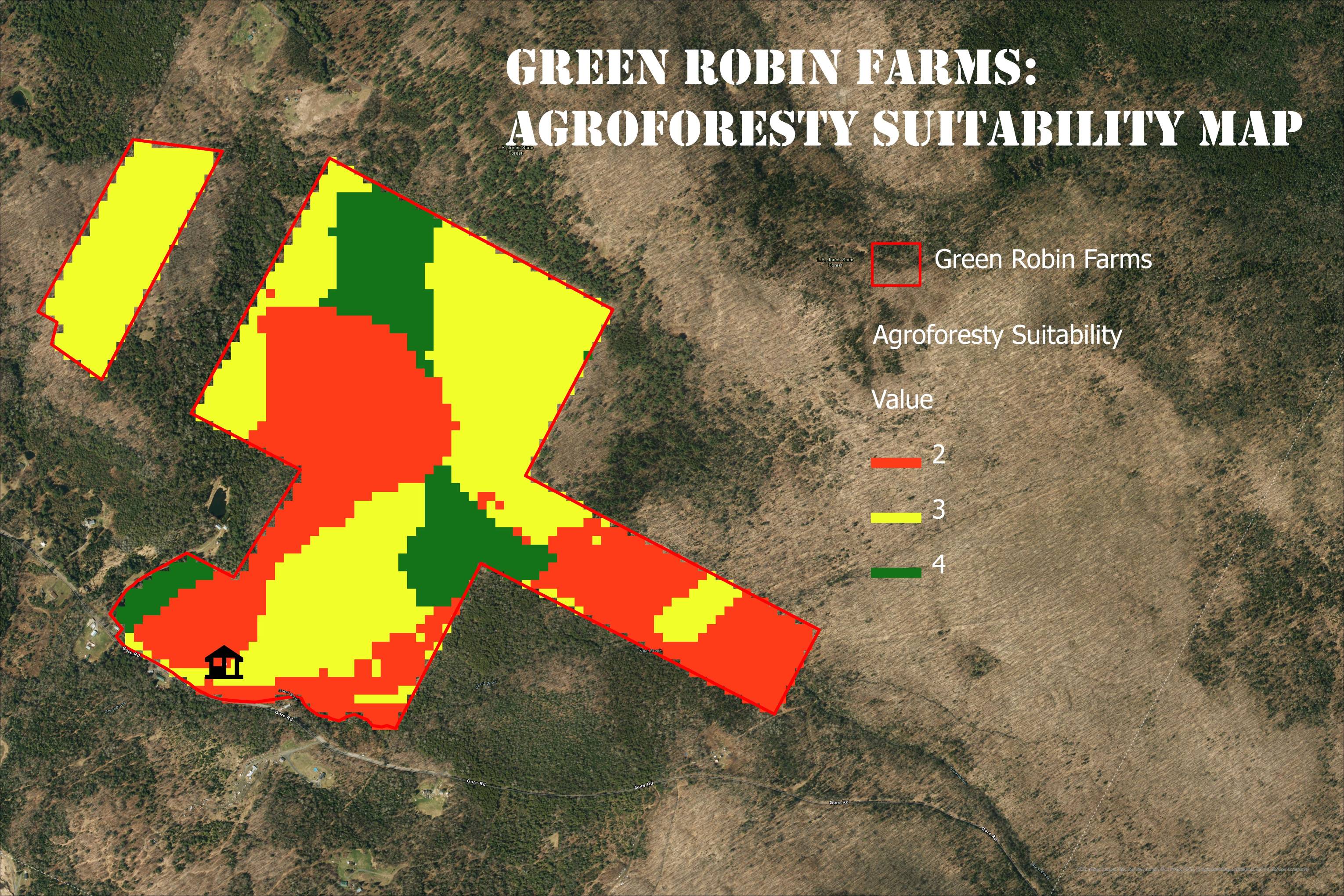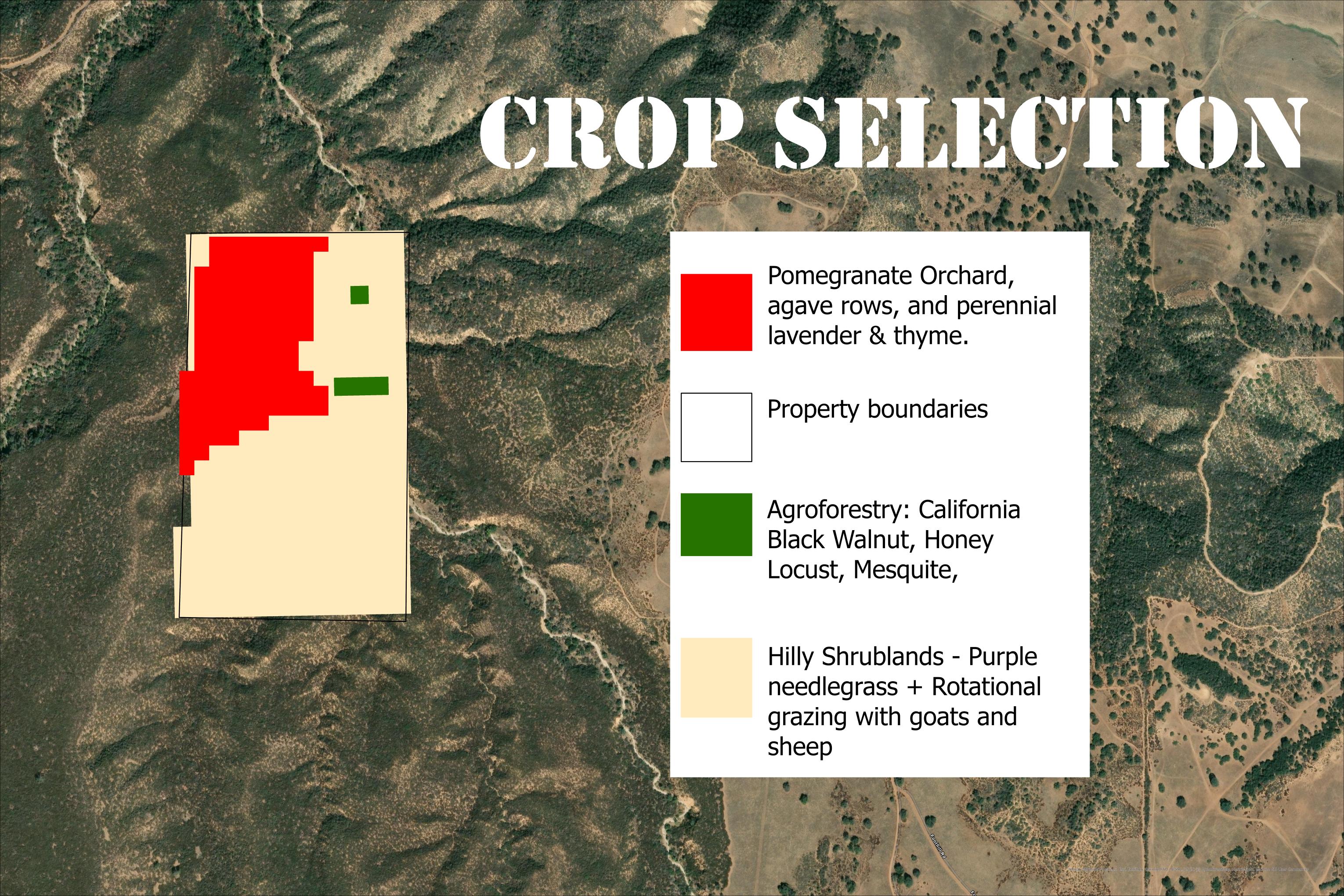Grazing & Farming Suitability Analysis
Our suitability analysis work provides detailed assessments of land characteristics to determine optimal agricultural uses and management approaches. Rather than viewing land as a homogeneous commodity, we recognize that each parcel has unique ecological properties that should inform how it is stewarded.
Land Heterogeneity Assessment

Detailed suitability analysis showing variation within a single agricultural parcel
A core principle of our approach is understanding that land is not a homogenous body. Every parcel contains variation in:
- Soil type, depth, and organic matter content
- Topography and aspect
- Water availability and drainage patterns
- Microclimate conditions
- Existing vegetation and ecological communities
- Historical land use impacts
Our suitability analysis maps these variations in detail, often revealing significant differences within even small parcels that may not be apparent to casual observation. This detailed understanding allows for more nuanced and ecologically appropriate land management decisions.
Multi-Use Planning
Based on our detailed suitability assessments, we help landless communities and existing stewards develop integrated land management plans that match agricultural practices to the specific characteristics of different areas within a parcel.

Agroforestry Systems
We identify areas suitable for integrating trees with crops or livestock, creating multi-layered productive systems that enhance biodiversity and carbon sequestration.

Silvopastoral Grazing
Our analysis identifies optimal locations for integrated tree-livestock systems that can enhance animal welfare, soil health, and overall land productivity.

Ecological Crop Selection
We determine which crops will thrive in specific soil and microclimate conditions, with emphasis on native, drought-tolerant, and culturally significant varieties.

Huerto Plans
Our huerto plans help people with minimal maximize their limited residential acreage to produce subsistent & commercial products according to their soil, climatic, and ecological conditions.
Through this approach, we can develop land management plans that maximize productivity while enhancing ecological function and resilience. Rather than imposing a single management approach across an entire parcel, our method allows for a mosaic of complementary practices that work with the land's natural characteristics.
Understanding Land as Living Systems
Our suitability analysis goes beyond conventional agricultural assessments by viewing land as complex, living systems with their own histories and trajectories. We consider:
- Historical ecological conditions and human relationships with the land
- Current ecological dynamics, including succession patterns and wildlife habitat
- Potential futures under different management scenarios and climate change projections
- Indigenous and traditional knowledge about local ecosystems and their management
This systems-based approach allows us to develop land management strategies that are not just productive in the short term, but regenerative and resilient over generations. It also helps us identify opportunities for ecological restoration integrated with agricultural production.
Back to Home